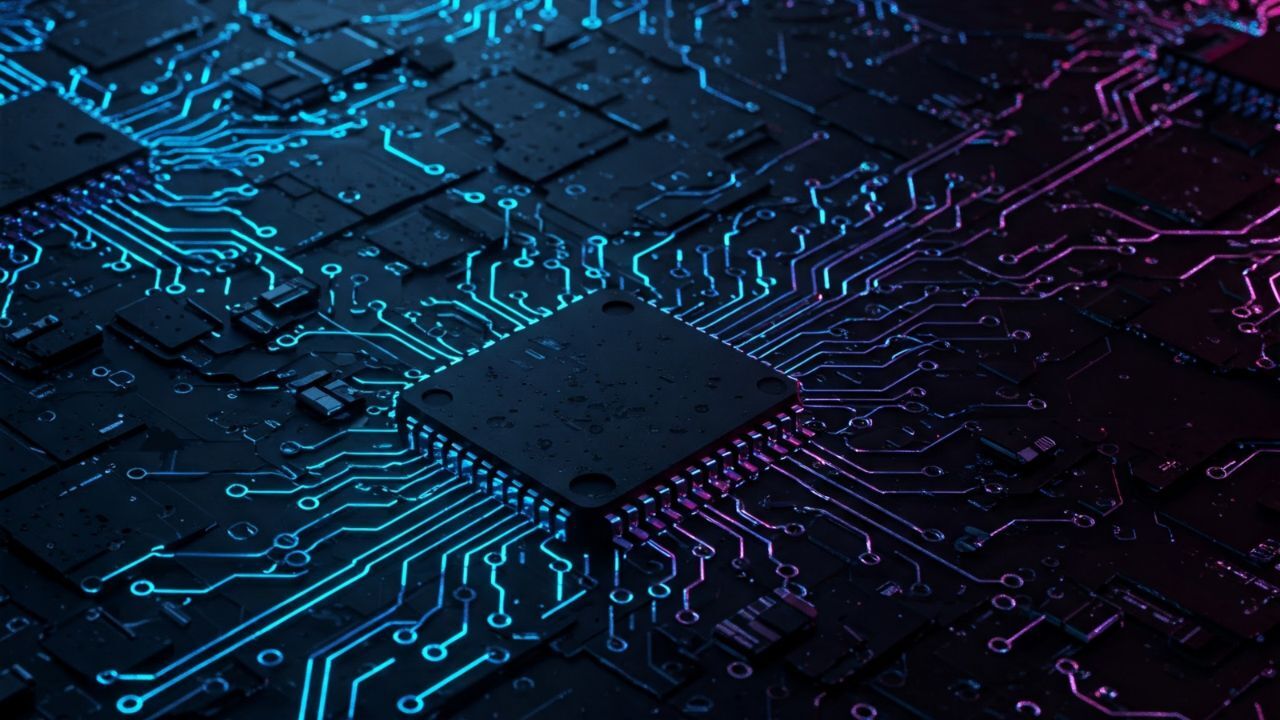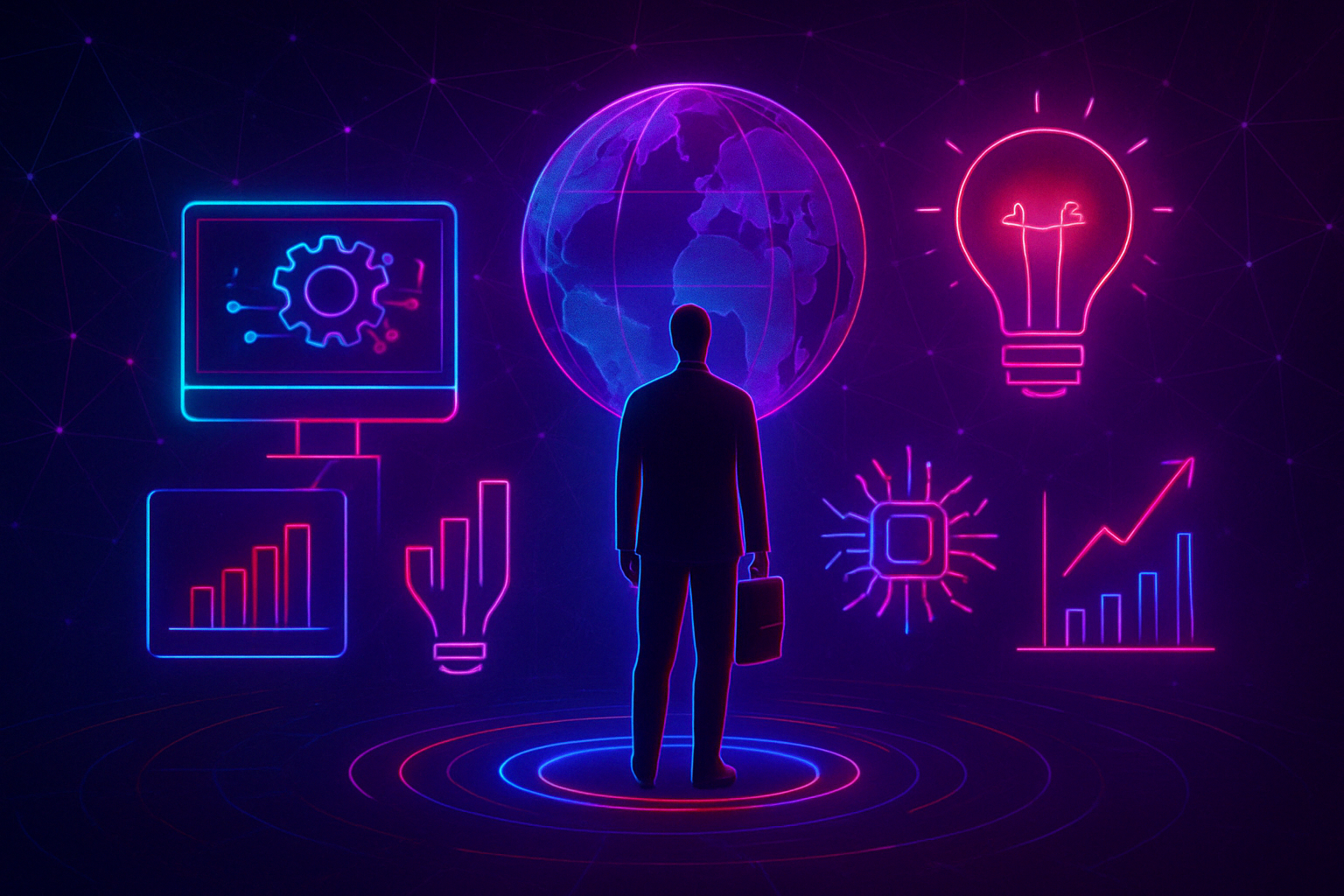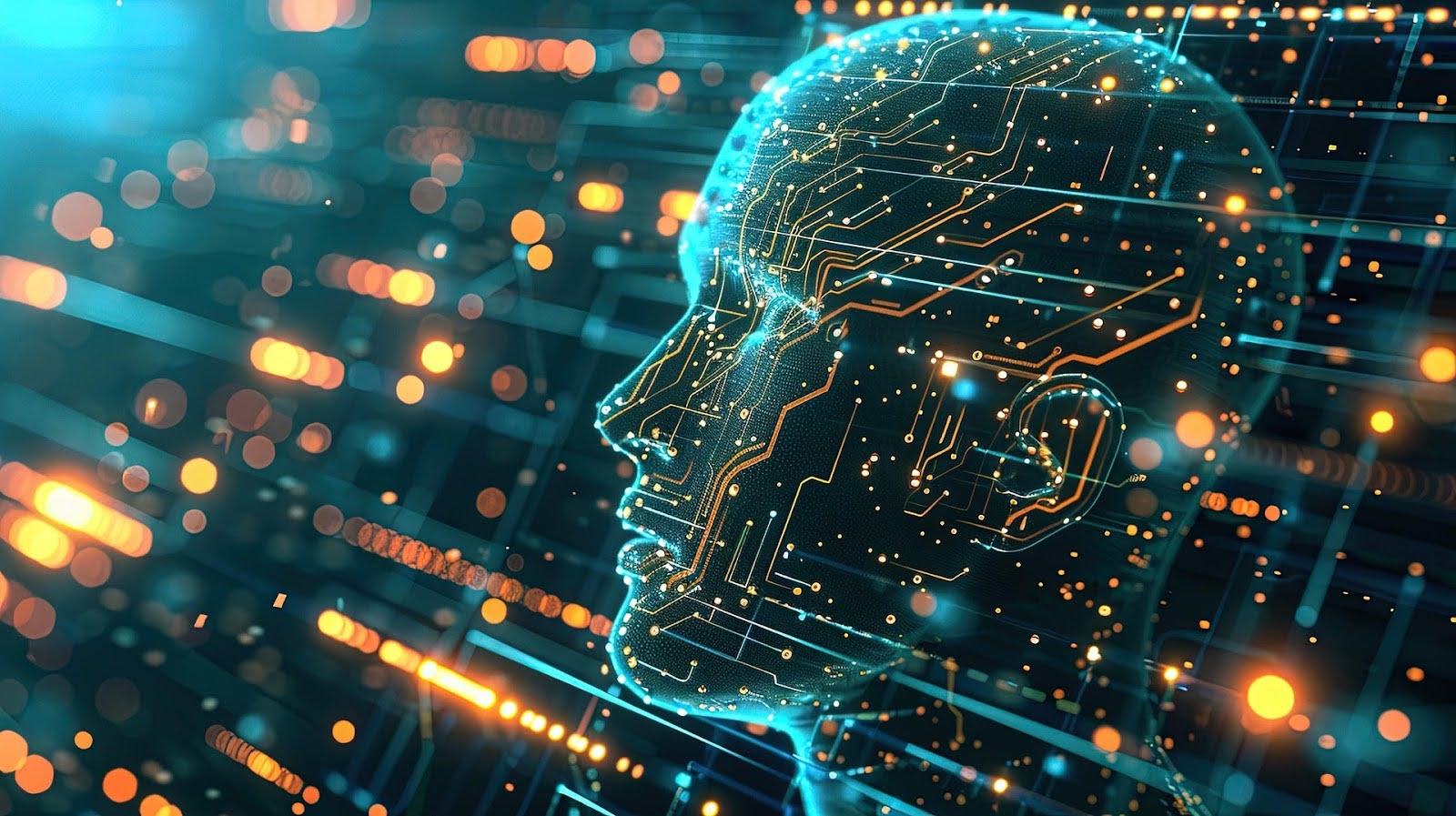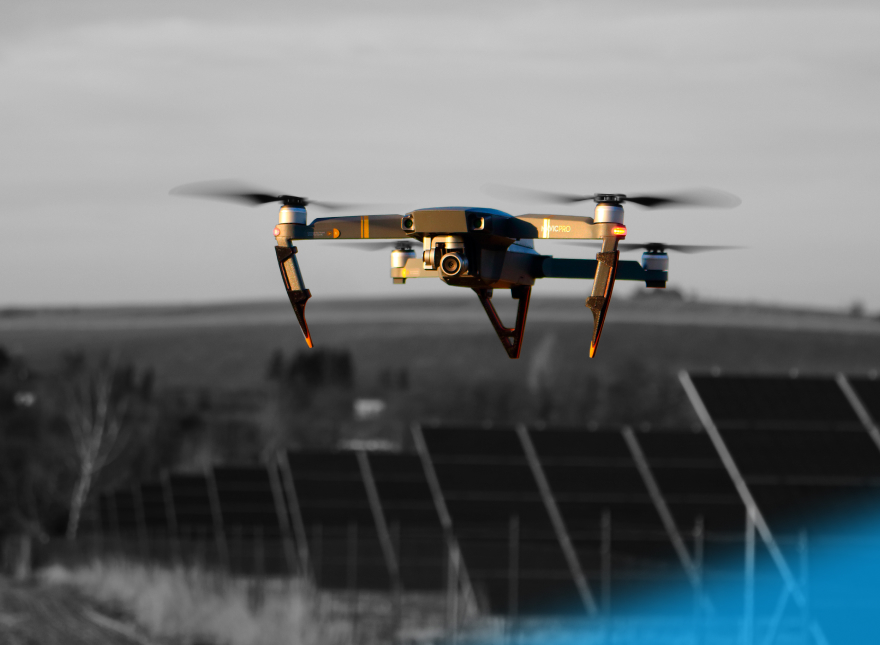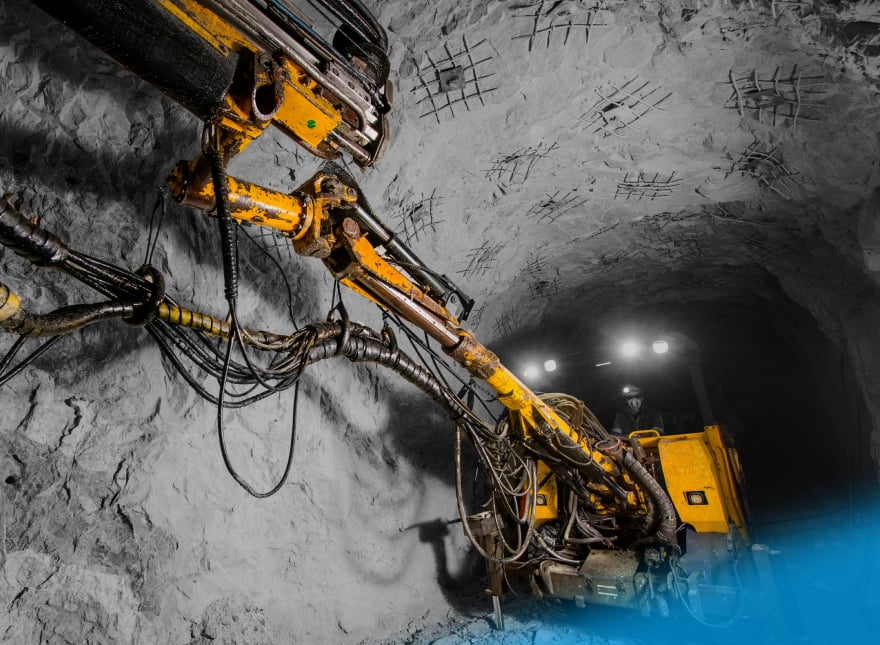Check out our latest blog article: From component to enterprise – modular robotics done right.
Advances in Smart Energy Management With IoT and AI: Smart Grid Technology
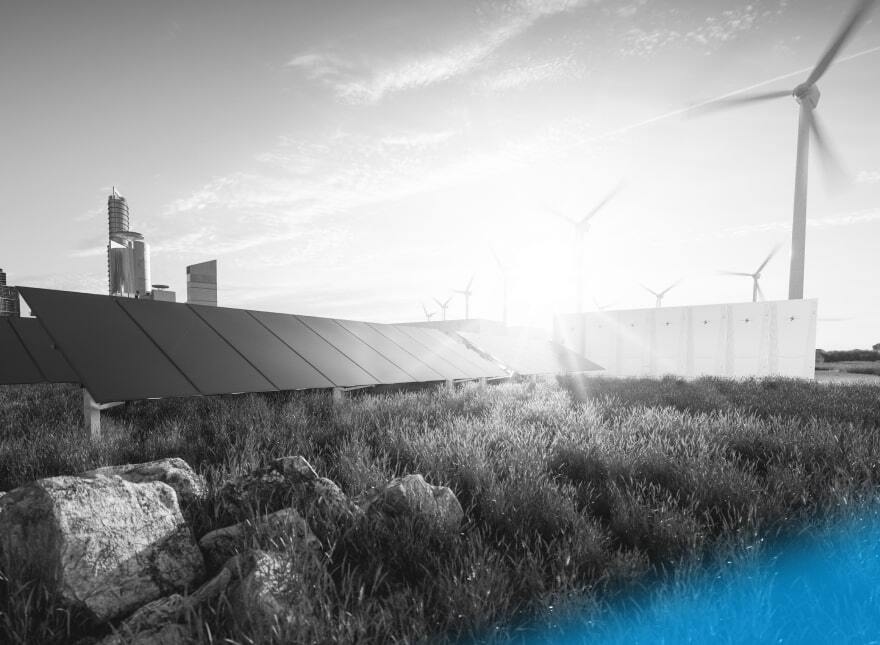
For years, traditional electric grids have been the only means of supplying electricity to consumers. But there are some challenges that they can't help handle. For example, how can utilities ensure a stable power supply during extreme weather? How can they ensure an uninterrupted power supply at a time of peak demand? How can they make electricity cheaper in the offshore corners of our planet?
Smart grid technology is a new approach that can help surmount these problems. In this article, we'll discuss how it works and introduce nine real-world use cases for smart grid.
What Is Smart Grid Technology?
In short, a smart grid is an electrical network optimized with the help of new technologies. Unlike traditional networks, smart electrical grids involve these new elements:
- Data flows from electric grids and power consumers
- Advanced technologies: IoT sensors, AI analytics, computer vision
- Decentralized energy production
- New electricity uses: charging electric vehicles, powering connected houses, etc.
Depending on the technology used, smart grid solutions can be divided into two main groups.
Basic level: IoT smart grid. The core function of IoT smart grid solutions is real-time monitoring of grid assets. With the help of IoT sensors, they collect grid data and send it to the cloud. Then, they perform an initial analysis to help power system engineers better understand the collected data. IoT smart grid systems add transparency to processes in the entire power supply chain. For example, grid operators can monitor asset health. Based on this data, they can make informed decisions about maintenance, repair, and power distribution. Consumers, in their turn, can review their energy consumption and take measures to reduce their monthly bills.
Advanced level: AI smart grid. These solutions add artificial intelligence to the advances of the previous type. Sophisticated algorithms will help you better understand data, identify trends, and make predictions. For example, AI smart grid systems can analyze grid assets for anomalies. They can also predict future breakdowns and peak energy demand.
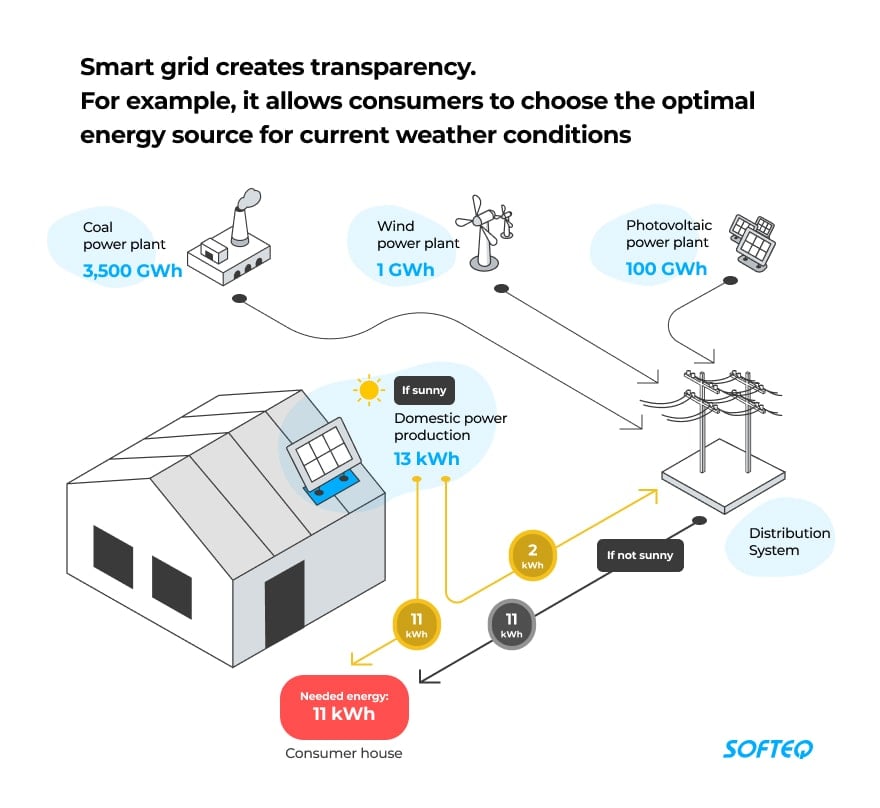
Smart grid technology ensures transparency of processes within the electric grid. This helps incorporate new energy sources into the network and manage grids more efficiently. Let’s take a closer look at real-world examples of AI and IoT in the energy grid management market.
Smart Grid Solutions: 9 Real-World Use Cases
Smart Grid Asset Management
Today, many grid operators manage grid-related data in multiple isolated systems. This means limited transparency about free grid capacities. Moreover, many grid engineers run their processes manually. This requires a lot of time and raises the possibility of errors.
To solve this problem, the German startup Envelio created an intelligent grid platform. It consolidates data from previously isolated systems. This enables utilities to create digital twins for visualizing the entire grid in real time so that they can see which parts of the grid are experiencing equipment overloads and voltage range problems. The solution also enables grid operators to run simulation scenarios. For example, they can simulate how grid upgrades will influence cost-effectiveness. They also can see what effect adding new generating plants and consumers to the network will have.
Main benefits: better grid planning, more cost-effective grid management.
AI-powered Asset Outage Prediction
Extreme weather conditions are the most common cause of power outages. Utilities have to battle extreme temperatures, flooding events, wildfires, and storm seasons. Their task here is to restore the power supply as quickly as possible. What if utilities would know about the coming weather risks in advance? This would allow them to pre-position crews and materials in the areas expected to be the hardest hit.
Researchers at the Atmospheric Sciences Research Center are working on such a solution. It will be able to predict how weather conditions impact the electrical grid. The AI system analyzes a combination of factors. They include atmospheric phenomena, ground cover, soil properties, the strength of the power lines and poles. The predictions will help utilities accurately deploy resources to restore the power supply as quickly as possible.
Main benefit: quick repair of electric assets that are most affected by extreme weather events.
Anomaly Detection
The problem with the traditional grid is that some parts of it are very old. Under the influence of weather conditions, they often break down. And of course it takes time to locate such breakdowns. This is where digitalization of the power grid through data collection comes in handy. WIth IoT sensors, utilities can easily get data about the grid state in real time, quickly find the breakdown, and repair the system.
Heimdall Power offers sensor-based devices that are installed directly on the live wire. The sensors collect data on power flow, line inclination, vibration, wire temperature, and snow load. Then, this data is analyzed in the cloud with AI algorithms to provide insights to the engineers. As a result, utilities can reallocate broken lines and increase the grid capacity by 25%.
Drones are also used to monitor electrical grids remotely. They collect visual information about grid assets. The data is then analyzed by AI algorithms for anomalies. Buzzsolutions has developed an AI-powered platform for this purpose. Their machine vision and predictive algorithms analyze data from drones, helicopters, and cameras. In the case of a failure, the solution notifies engineers via a user-friendly interface.
Main benefit: quick repair of broken energy lines.
Demand Prediction
Artificial Intelligence can be a good helper when it comes to making predictions. In smart grid solutions, AI is used to predict power demand based on data about weather, energy markets, and human behavior. These predictions are especially useful for utilities. Knowing the peaks in energy demand, they’re able to take measures to ensure an uninterrupted energy supply.
For example, the company Myst AI uses AI to forecast power demand, generation of renewable energy, and energy market prices across many regions. These insights help utilities match energy demand and supply. Other participants of the electrical grids also can benefit from the platform. Owners of solar, wind, and hydro assets can use the forecasts to increase their revenues through optimized bidding.
Main benefits: ensuring uninterrupted supply of energy during peak hours; more profit through optimized energy bidding.
Smart Meters
Smart metering solutions inform homes and businesses about how they’re using energy. Most smart meters break the energy usage down by the time of day, day of the week, and month. Enhanced with AI, these solutions become great helpers to save energy.
Grid4C provides an AI solution predicting the future energy consumption for the next 31 days. The predictive model takes into account weather conditions and customer behavior and then predicts energy bills for each month. It also enables users to set alerts when certain appliances exceed usage or cost thresholds.
Main benefit: reduced energy consumption and predictable monthly bills.
Power Balancing
Each year, there are more and more electric cars on the roads. It's good for preventing climate change, but exposes charging problems. Electric grids are currently not robust enough to power electric cars during peak hours.
This is why a Swedish startup Tvinn developed a smart grid platform to optimize EV charging. The solution is a combination of a smart charging system and an energy management system. The platform predicts how much energy each car needs. Over time, it learns how much energy the whole fleet needs. Then, the solution matches it with the available power. When the grid can't handle it at peak hours, the platform engages potential local energy producers.
Main benefit: uninterrupted charging of electric cars even during peak hours.

Wireless Energy Transmission
The cost of electricity on the islands is very high. For example, in the Pacific Islands, it has reached over $1 per kWh. This is almost 10 times higher than the average electricity rate in the U.S. The conditions for renewable energy production are optimal in the Pacific Islands, but they aren’t used because of accessibility problems and high infrastructure costs.
Emrod wanted to bring electricity to places with the biggest electrification gap. They’re working on a solution for energy transmission over long ranges that uses a proprietary beamforming technology, metamaterials, and rectennas. The system is capable of transmitting a signal up to 25 miles, and this can be extended using passive relays. When ready, the Emrod technology will reduce costs for the infrastructure installation and maintenance. This will make it economically viable to harness remote sustainable energy sources.
Main benefit: reduced costs for installation and management of energy infrastructure in remote areas.
Discovering New Energy Sources
Smart grid enables distributed energy management. This opens the way for discovering new energy sources. Sometimes, it goes far beyond installing solar panels and wind turbines on the roofs of houses. For example, the Dutch company ENLIL has developed a solution that generates electricity on highways. It uses mechanical vibrations of vehicles and wind power. The energy produced can then be used immediately to power road infrastructures. It also can be stored for further use or fed into the power grid.
Main benefits: no need for energy storage, energy source backup in high-demand periods.
What’s Next for Smart Grid?
Smart grids arouse more interest now than ever. They can cope with challenges where conventional grids fail. Indeed, smart grid technology helps overhaul aging equipment. In turn, this reduces the likelihood of blackouts and power surges. The technology also minimizes energy costs and allows utilities to meet increasing energy demand.
If you want to develop a smart grid solution, Softeq is ready to help you out. Our team has profound expertise in hardware design, software, and embedded system development—all that’s needed to create a solution under one roof. Check out our IoT portfolio to learn more.
More articles on the topic
